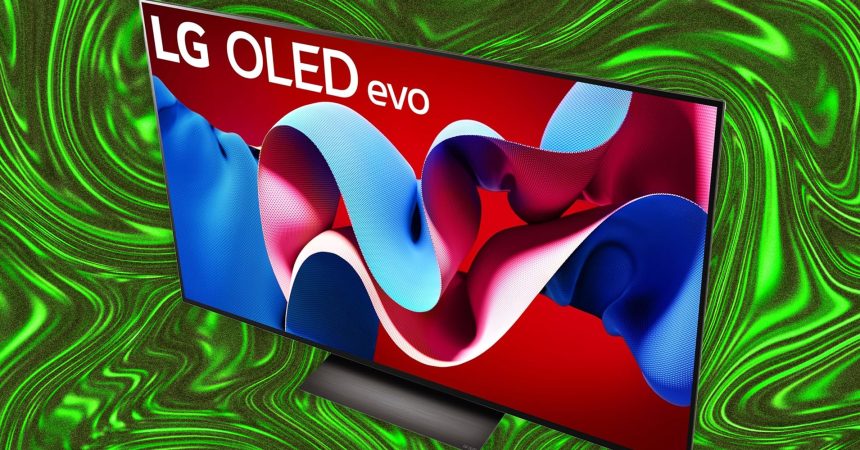Organic Light Emitting Diode (OLED) technology has revolutionized the display industry, offering unparalleled picture quality with vibrant colors, perfect blacks, and infinite contrast ratios. However, the early years of OLED were marked by concerns regarding burn-in, a phenomenon where persistent images, like channel logos or HUD elements in games, become permanently etched onto the screen. This phenomenon sparked apprehension among potential buyers, hindering the widespread adoption of OLED technology. The root cause of this issue lies in the organic nature of the light-emitting compounds used in OLED displays. These organic materials have a finite lifespan and degrade over time, with different areas of the panel potentially degrading at varying rates depending on usage. This uneven degradation can manifest as visible discrepancies in brightness and color, giving the appearance of a “burnt-in” image.
The fear of burn-in stemmed from the inherent properties of OLED materials. Unlike traditional LCDs with a separate backlight illuminating the pixels, each pixel in an OLED display emits its own light. This self-emissive nature, while contributing to superior picture quality, also makes the organic components susceptible to degradation. Extended exposure to static elements can cause the pixels displaying these elements to age faster than the surrounding pixels, leading to variations in luminance and potentially a noticeable ghost image. This phenomenon was more pronounced in early OLED iterations, raising concerns about the longevity and practicality of the technology.
However, significant advancements in OLED technology have dramatically mitigated the risk of burn-in. Modern OLED TVs incorporate a suite of sophisticated mitigation techniques designed to combat pixel degradation and prevent image retention. These innovations range from software-based solutions to hardware improvements that address the issue at its core. Screen savers, a familiar feature from the CRT era, have been resurrected and refined to prevent static images from lingering on the screen for extended periods. These screen savers automatically activate after a period of inactivity, displaying dynamic content that evenly distributes pixel usage and prevents uneven wear.
Furthermore, advanced algorithms actively detect static images and subtly shift the displayed content by a few pixels, imperceptible to the viewer, but effective in distributing the workload across the panel. This pixel shifting prevents any single area of the display from being subjected to prolonged, unchanging illumination. In addition to these software-based approaches, hardware improvements have also played a crucial role in reducing burn-in susceptibility. Manufacturers have implemented more robust organic materials and improved pixel driving schemes, enhancing the lifespan and stability of individual pixels. These advancements contribute to a more uniform degradation across the panel, minimizing the risk of noticeable discrepancies in brightness and color.
While the advancements in OLED technology have significantly reduced the risk of burn-in, it’s important to understand that it hasn’t been entirely eliminated. For the vast majority of users, burn-in is highly unlikely to be an issue, especially with moderate viewing habits. However, individuals who engage in extremely high-volume usage, particularly gamers who frequently display static HUD elements for extended periods, might still experience some degree of image retention. Even in such cases, the effect is often temporary and can be mitigated through the built-in safeguards of modern OLED TVs. Pixel refresh cycles, automatically initiated by the TV, help to rejuvenate the panel and even out pixel wear, further reducing the visibility of any retained images.
In conclusion, the concern surrounding OLED burn-in, while valid in the early stages of the technology’s development, has been significantly addressed through continuous innovation. Modern OLED TVs incorporate a combination of software and hardware solutions that effectively mitigate the risk of image retention. For the average user, burn-in is no longer a significant concern. However, for users with extreme usage patterns, understanding the underlying causes and employing preventative measures can further minimize the risk. The benefits of OLED technology, including exceptional picture quality and contrast, far outweigh the minimal risk of burn-in for most consumers. The advancements in OLED manufacturing and protective features have made burn-in a rare occurrence, allowing viewers to enjoy the stunning visuals of OLED without undue concern.



